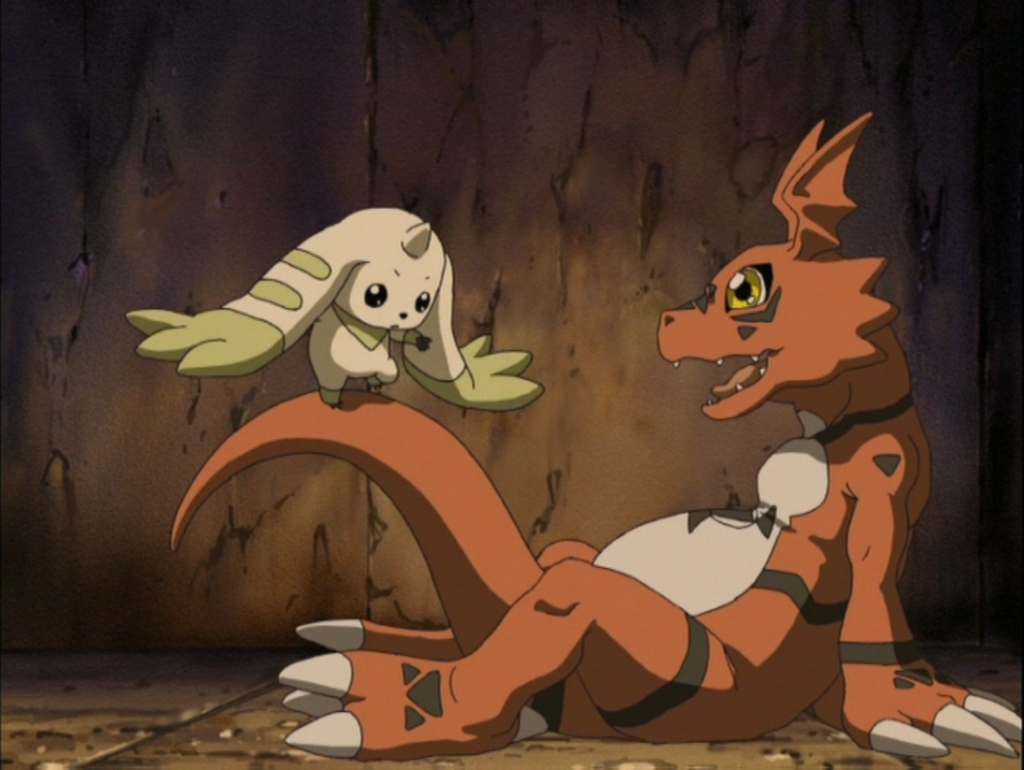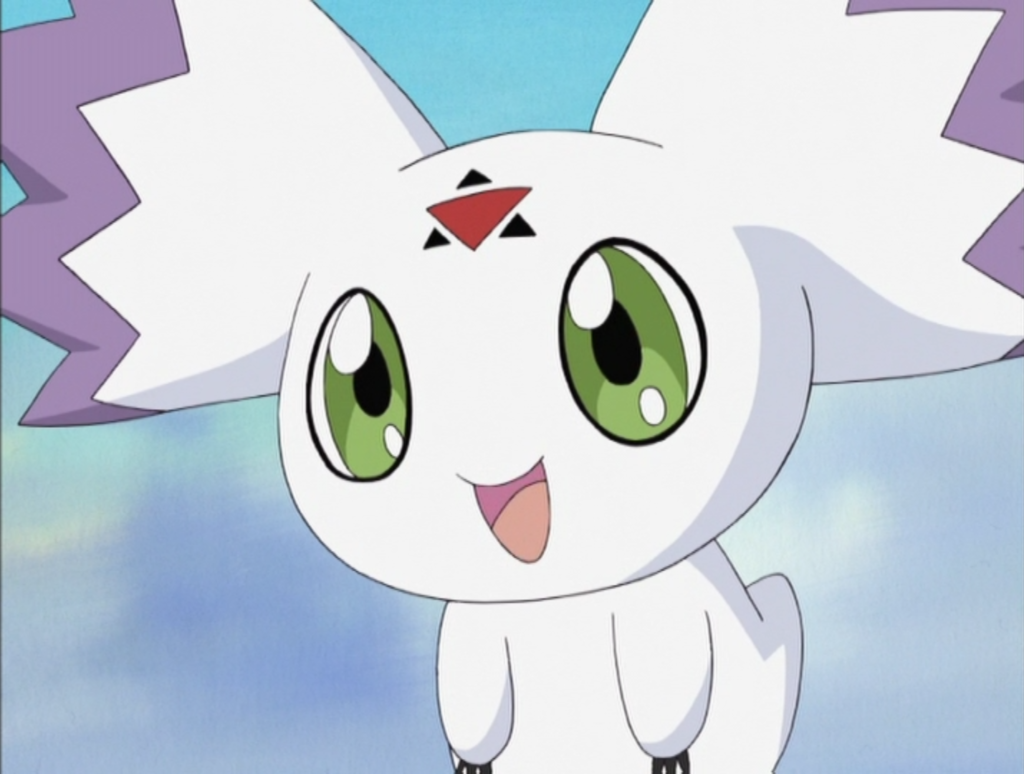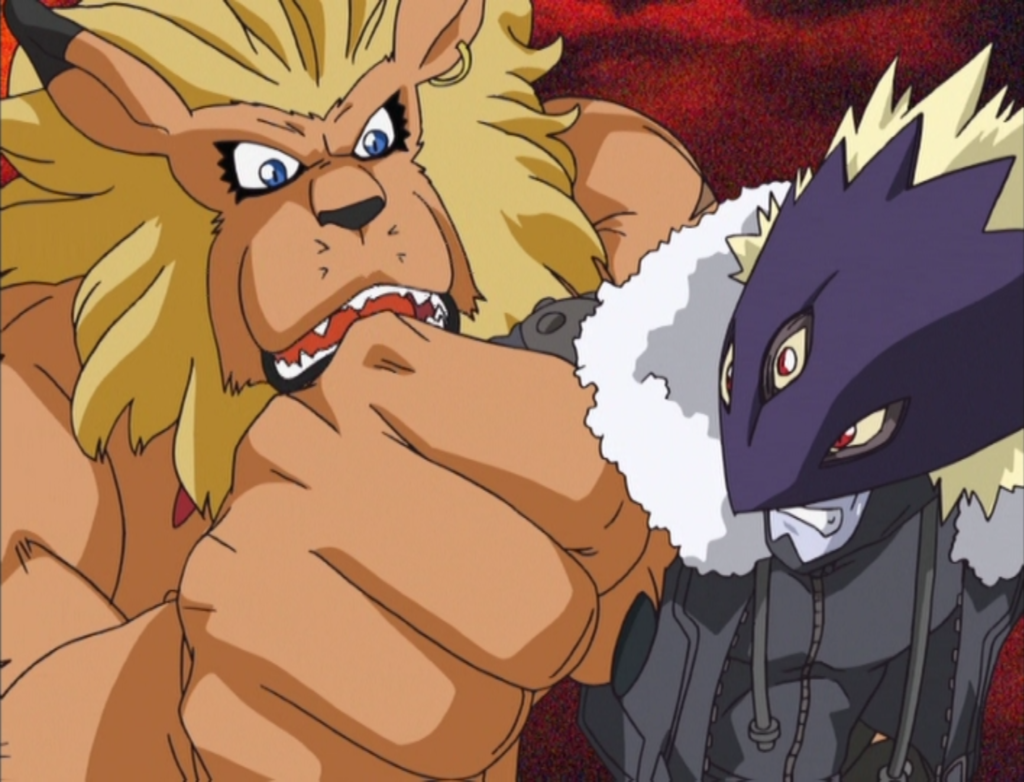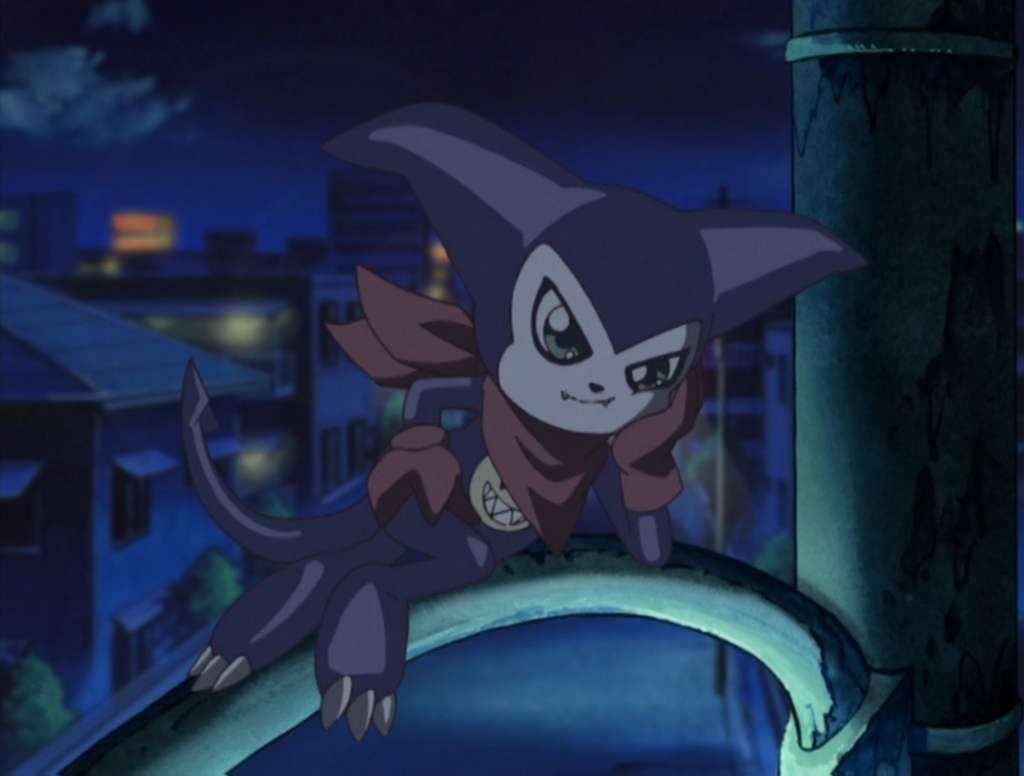Digimon Tamers Review
Takato Matsuda is your average middle school student, and much like other boys his age, is a big fan of the Digimon card game, daydreaming of the fictional world and even designing his own Digimon. One day, he finds a mysterious blue card among his collection, which he slides through his card scanner, only to find his toy transform before his eyes into a real digivice. Soon, life is given to one of his fan-made designs in the form of Guilmon, and Takato embraces his new partner, starting his adventures as a Digimon Tamer. He soon learns it isn’t all fun and games however, as dangerous Digimon, dubbed Wild Ones, appear across Japan, leaving destruction in their wake, and it’s up to Takato, alongside fellow Tamers Rika and Henry, to stop them.
As I mentioned when I reviewed Adventure 01 and Adventure 02 two years ago, if I had to pick one season of the Digimon franchise as my most fondly remembered as a kid, it would definitely be the third incarnation, Digimon Tamers. To say I was obsessed would be an understatement! I had the toys, I drew the characters and, needless to say, I watched the reruns on Fox Kids endlessly. I think it was down to how many great memories I had that made me the nervous to revisit this season in particular, in case it didn’t hold up and somehow tarred my precious childhood memories upon rewatching it as an adult. Still, I took the plunge, and ended up being pleasantly surprised at just how well it holds up, not only through the rose-tinted glasses of nostalgia, but as a legitimately great anime in its own right.
The first thing I noticed when going back to re-watch Tamers is how absolutely genius the initial premise is. As you may have guessed from the synopsis, this third season of the Digimon franchise isn’t a direct sequel to the prior entries, taking place in a different universe entirely, where the first two seasons of anime, alongside the card and video games, all exist as a fictional franchise, a move that is exceptionally meta and ahead of its time. Takato, the protagonist, is a Digimon mega fan, making it incredibly easy for the target audience, pre-teen boys who are likely fans, to identify with the character, and insert themselves within the story. It’s this element that really helps to draw its audience in, and this certainly worked like a charm on me upon my initial viewing more than a decade ago. This portrayal of the old Digimon seasons as being a cartoon and Tamers being reality also handily sets up the darker tone going forward, as this is now the real world, and unlike the cartoons, there are consequences.
Yes, if there is any one thing that Digimon Tamers is now infamous for, it is the complete tonal shift over both of the Adventure seasons. It is far bleaker than anything we have seen in this franchise before, especially in the latter half, where it does not shy away from doing things I would definitely not expect from a show primarily aimed at children. This is entirely down to the screenwriter Chiaki J. Konaka, best known for his work on Serial Experiments Lain and Texhnolyze, whose trademark dark, psychological elements seep into the very core of Tamers throughout. It is notably toned down from his other projects, this is a kid’s anime after all, but that doesn’t mean it isn’t noticeable, and it works far better than anyone could have expected. Rather than having episode after episode of repetitive and dull fighting as seen prior, this iteration adds more depth to proceedings, such as Henry being unwilling to fight because he’s scared Terriermon might hurt himself or the people he cares about, Takato’s hesitation about digivolving in case it changes who Guilmon is at his core, something which can easily be linked in with a person’s change as they grow older, or Impmon’s low self esteem and insecurities about not having a partner. The most well known amongst these is definitely the portrayal of death and the emotional trauma caused in the aftermath. A digimon dying is permanent in this continuity, with no form of rebirth anymore, leading to a genuinely heart wrenching and emotionally resonant scene that fans will be able to recall even if they haven’t seen the show in years. Although some of the complex ideas presented are only touched upon, this character’s depression becomes a major plot point, and it could even be argued that the main antagonist in the latter half of the series is, at least in part, a metaphor for depression itself, and given the writer, this is certainly intentional, with both plot and visual elements that are reminiscent of Neon Genesis Evangelion. It really can’t be understated just how impressive the quality of writing on display here is, with Konaka managing to seamlessly weave deeper themes into Digimon whilst maintaining its accessibility to a younger audience.
Despite the more thoughtful and thematic interpretation of the franchise, at the end of the day, this is still Digimon, and as such, bares a lot of the similar hallmarks that have come before, in particular the monster of the week format. The majority of episodes, at least earlier on, will start by having some new digimon appear, and will end with the Tamers having to fight and destroy it, and in this respect, it can still be quite formulaic in places. What I can say about Tamers that I can’t say about the others though is that pretty much every episode still manages to add something in terms of the overarching story, characters, their dynamics or the world building, which makes it much easier to swallow. That doesn’t mean there aren’t exceptions to this though, and the low point is around the halfway mark, after everyone enters the digital world. There is a stretch of episodes that feel like wheel spinning, with the characters getting split up and reunited again in the exact same place they started before the plot finally moves again, which is the textbook definition of filler. Perhaps at 51 episodes in length, it’s a little unrealistic of me to expect every episode to add something, but that doesn’t make those few that don’t any less of a chore to get through.
Tone aside, one of the other big changes for the series is that Tamers features a main cast of a mere 3 characters, far less than the 8 characters of Adventure 01 and 6 of Adventure 02. Yet again, this is smart move on behalf of Konaka, as it allows for focus on developing the cast as opposed to a scattershot group of archetypes, and also allows for a greater degree of attachment too.
Of the three, tomboy Rika is easily the best, most fleshed out character, undergoing a very noticeable arc over the course of the series, beginning cold and callous, with some serious shades of the Digimon Emperor, wanting only to fight and grow stronger and treating digimon as nothing but data, before slowly opening up and learning the value of friendship. What’s particularly interesting about Rika is how her character is set up, with Konaka going through a lot of effort to have her personality make sense, with a celebrity mother who is hardly around pushing her to become a model like her, leading to a sense of isolation and rebelliousness, and also the mention of a divorce too. It is so well executed, subtle, but not hard to work out and connect the dots, and it’s this kind of thing that gives it an edge over its predecessors.
Tamers’ designated goggle head is Takato, and he is a far cry from the leads of the past, lacking the arrogant and hot headed streaks that both Tai and Davis had, being an honest and open character, quick to become upset and not afraid to show his emotions, making for a far more realistic portrayal of a 12 year old in life-or-death situations, but he does toughen up as his relationship with the digimon evolves.
The third and final Tamer, Henry, is probably the least developed out of the bunch, lacking any real arc, and largely remaining the same throughout, and even lacking much of a distinctive personality, which was a disappointment given the strength of the other two. Still, his partner digimon, Terriermon, makes up for it, whose endless quipping and sarcasm was an utter joy to behold, and is easily my favourite digimon in Tamers.
Anime production giant Toei Animation once again returns to provide the animation, and keeping in line with prior entries, it looks mediocre at best. Granted, at 17 years old at time of writing, it hasn’t aged too badly, CGI aside, but it is still a 51 episode kid’s show, so the tight budget often shines through, however I’d say it’s serviceable enough.
Released by Manga Entertainment, Digimon Tamers contains English dub audio only, which is to be expected, even if it may disappoint some. Luckily, the dub is of a very high quality, and unlike other anime at the time handled by 4Kids, Saban cut very little out compared to the Japanese version, so the dub remains very faithful. The voice cast is also excellent, featuring quite a few recognizable and talented voice actors, including Steve Blum (Cowboy Bebop), Derek Stephen Prince (Bleach), Bridget Hoffman (Gurren Lagann), Michelle Ruff (Durarara!), Dave Wittenberg (Naruto), Brian Beacock (Toradora!) and Melissa Fahn (Fate/Stay Night: Unlimited Blade Works). Making its third appearance, the English opening is once again Digimon Digital Monsters, although this time with a hard rock arrangement, featuring some heavy drum and guitar work, that definitely reflects the musical tastes of the early 2000s and the rise of the nu-metal scene.
In Summary
This more grounded take on the Digimon formula proves to be the most successful to date, with a surprising amount of depth that makes it immensely enjoyable as an adult, whilst still providing all the fun, action and adventure that appeals to kids.









